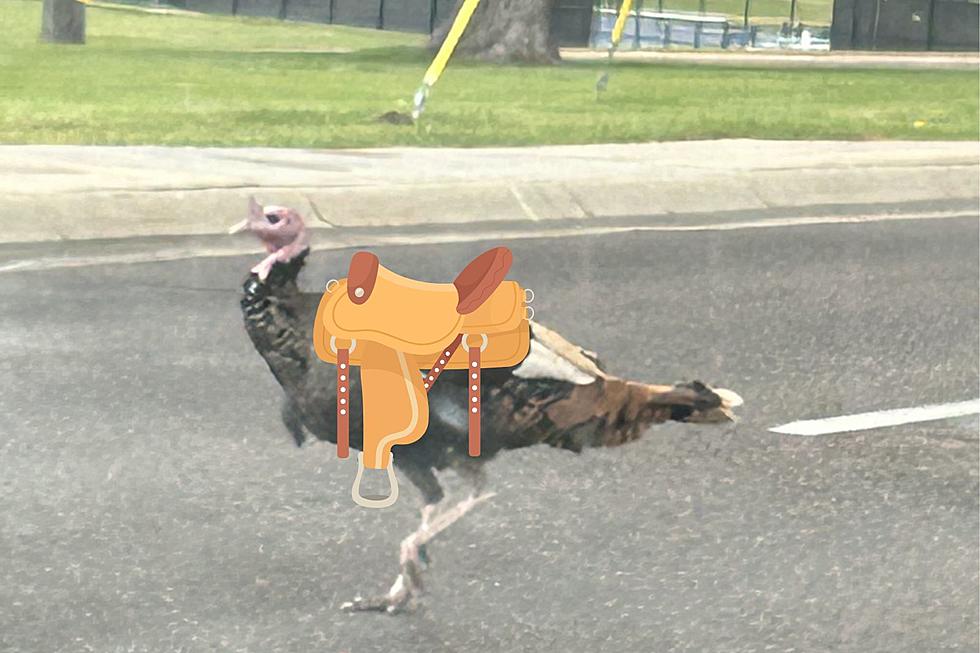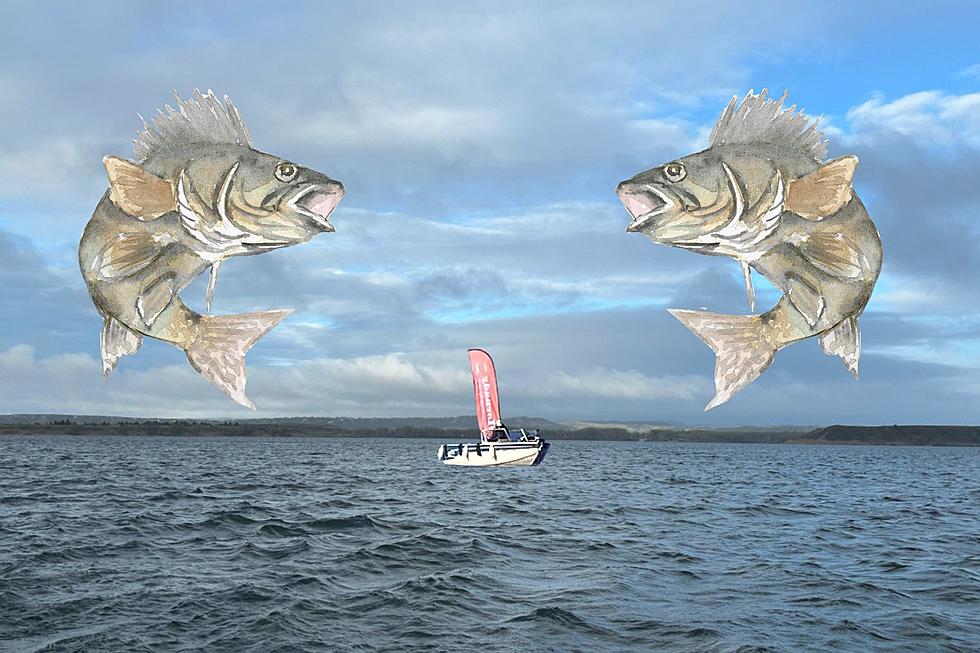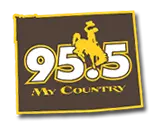
Slow Down To Avoid Wildlife Collisions
As the weather changes, many big game animals leave their summer and fall ranges to head for traditional wintering areas.
Some animals move significant distances while others only move a few miles…but regardless of the distance, migration does occur every year and the migration routes often lead animals into conflict with motorists as they cross numerous highways on the way to their wintering areas. In addition, big game animals are often drawn to areas along roadways to seek the better forage that has resulted from more moisture due to road runoff and little use from other animals.
Areas where road construction has taken place are also attractive to wildlife as they congregate in newly seeded areas where groundcover seeding has taken place. Straw is often used to facilitate seed germination and the combination of straw and new sprouts is attractive to big game animals.
Wildlife may be next to roads at any time during the year, and motorists are urged to be on the lookout at all times, but it is the winter that is the most hazardous for both wildlife and motorists. Animals may be on the move at any time of day, but it is nighttime when animals are most active. Not coincidentally, that is the time when many collisions occur. With daylight savings time no longer in effect, people are often driving home at dusk when visibility is poor and animals are moving.
The best preventative for wildlife collisions is slowing down. Reducing speed and maintaining a constant lookout for animals is the best remedy to avoid collisions. Game and Fish reminds motorists that nighttime is when deer are most active and the hours between dusk and dawn are when most collisions occur.
Game and Fish advises people to pay special attention to roadside surroundings and when animals are seen near highways, motorists should not assume they will stay put until the coast is clear.
Many wildlife collisions can be prevented by following a few simple steps:
- Slow down.
- If you encounter deer crossing the road after dark, switch your head lights to low beam so that the deer are not blinded and will move out of your way.
- Expect wildlife on roads.
- Scan the sides of the roads for wildlife.
- Stay alert while driving at dusk, dawn and at night and be prepared to stop.
- At night, travel at a speed that will allow you to stop in time if an animal comes into your headlights.
- If you see one elk, deer, or antelope by the road, there are likely more nearby.
- If an animal is on the road, expect the unexpected. They do not instinctively know how to react to your car.
- Give the animal time and room to move off the road. Do not try to out-run it.
- If you see a wildlife-crossing sign, pay attention. It is there for a reason.
- Do not swerve to miss an animal. Steer towards the animal's hindquarters, as they most often will move forward.
Nationally, more than150 people are killed and 29,000 injured each year in animal vehicle collisions. If you see an injured deer, call the nearest Game and Fish office with specific information about the location (road, mile-marker, etc.)
More From My Country 95.5

![[PHOTO] There Was a Moose on the Loose in Laramie Today!](http://townsquare.media/site/245/files/2023/07/attachment-moose-laramie.jpg?w=980&q=75)







